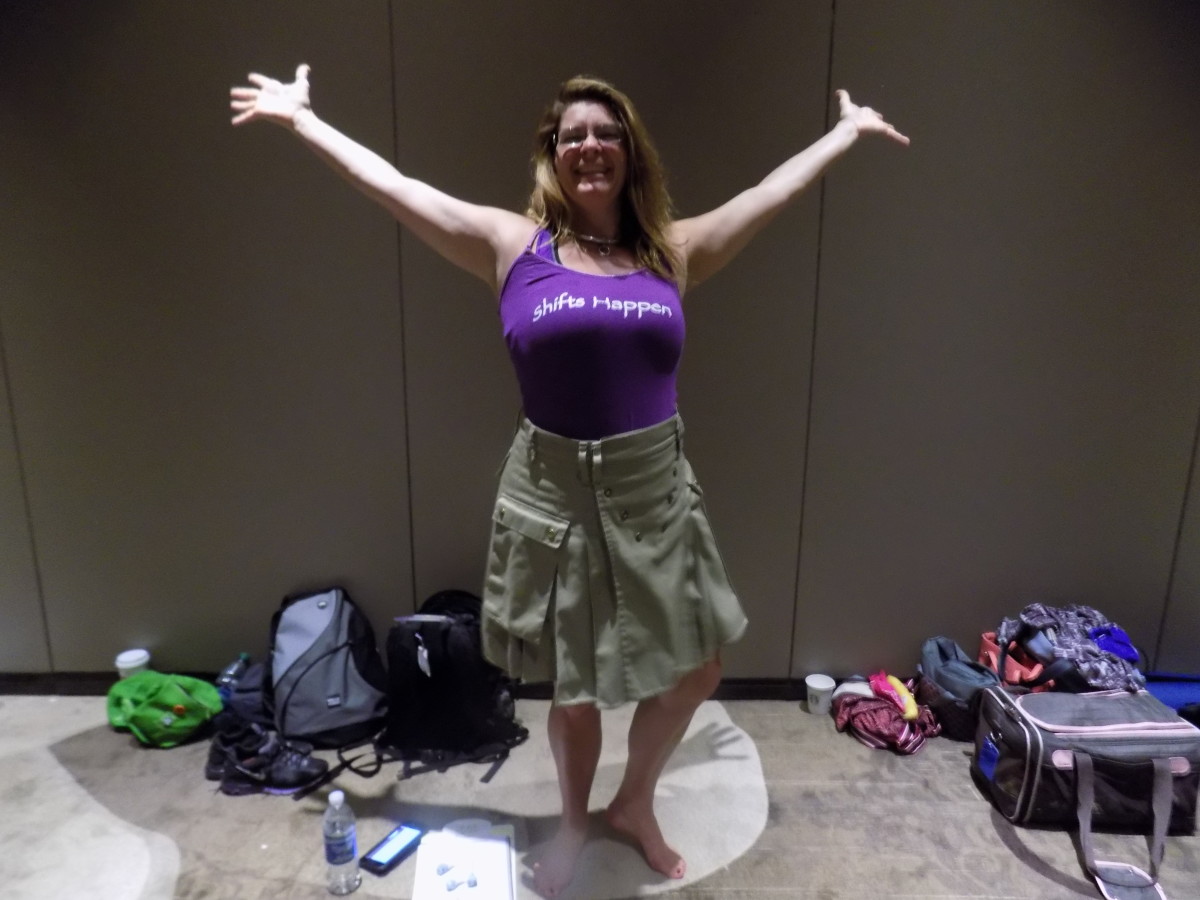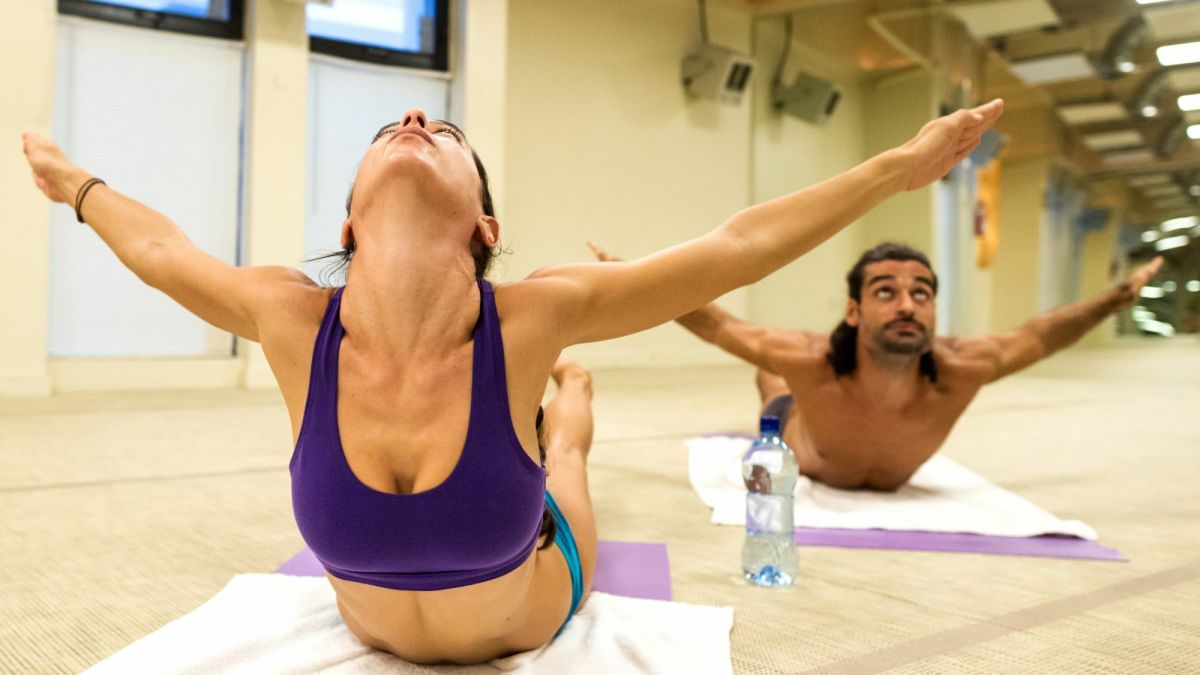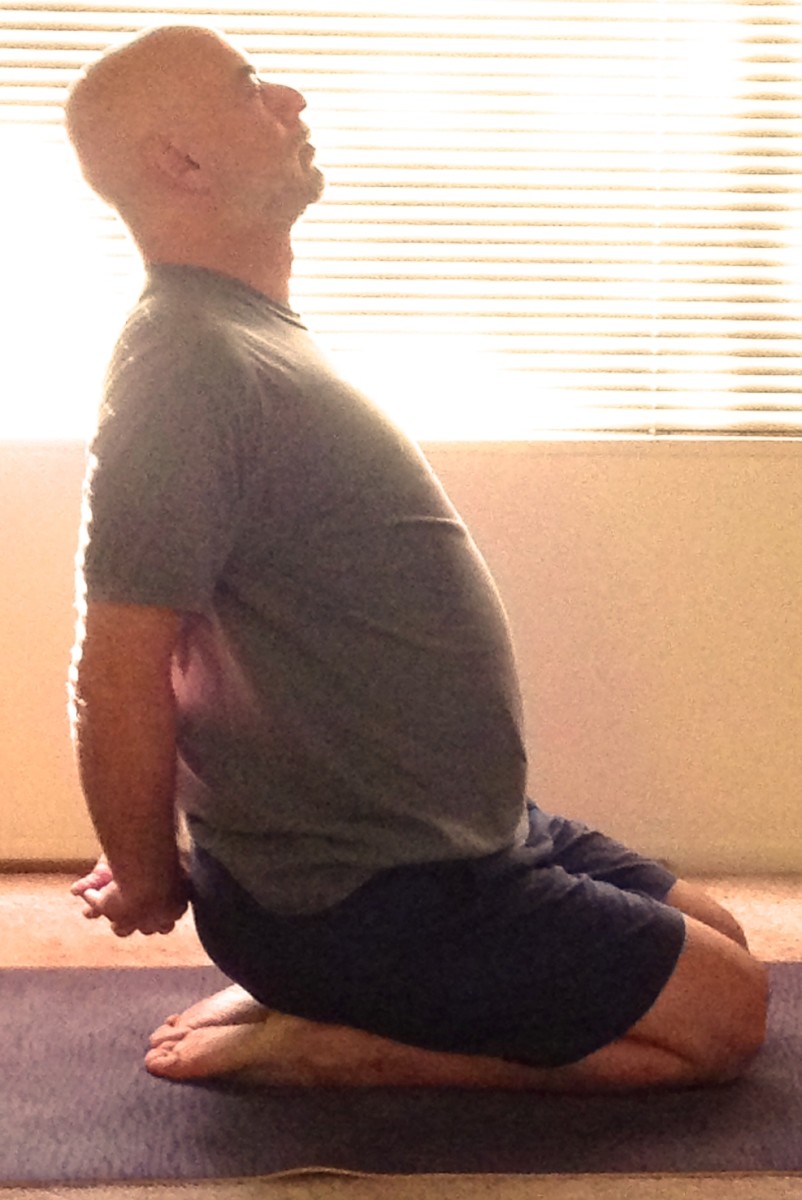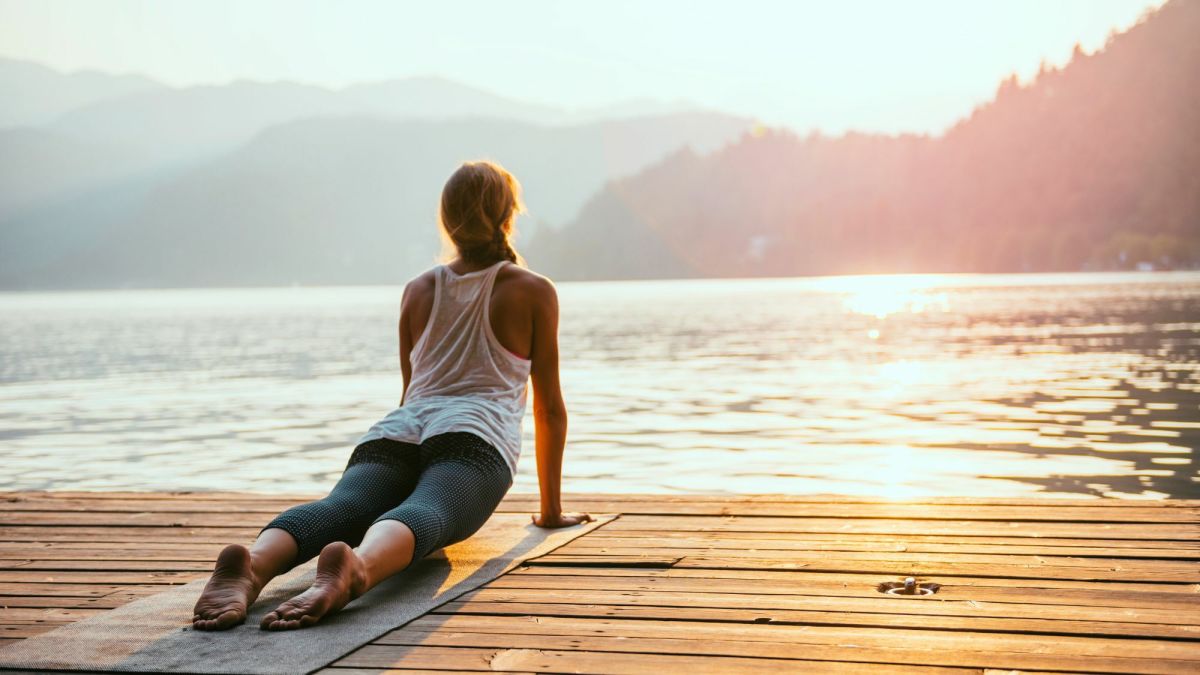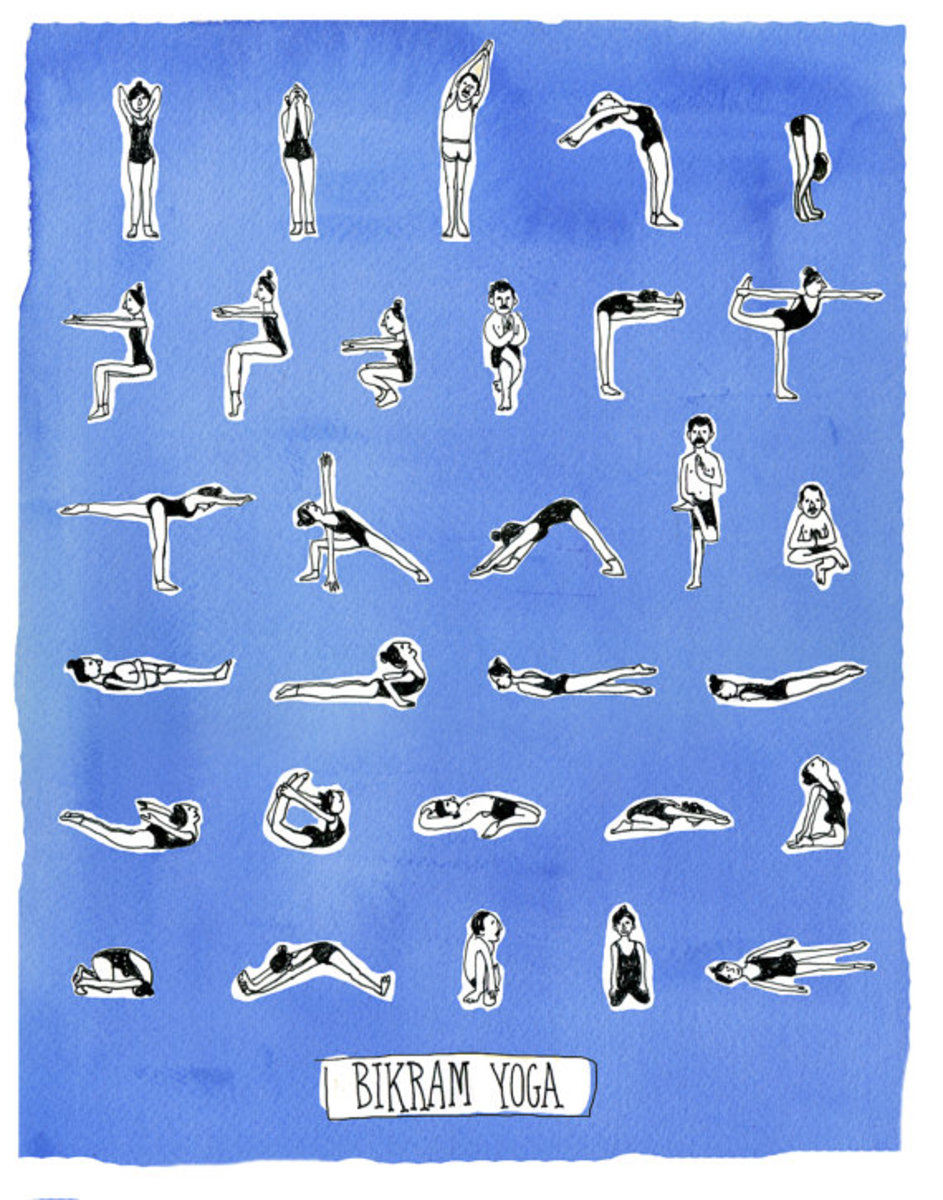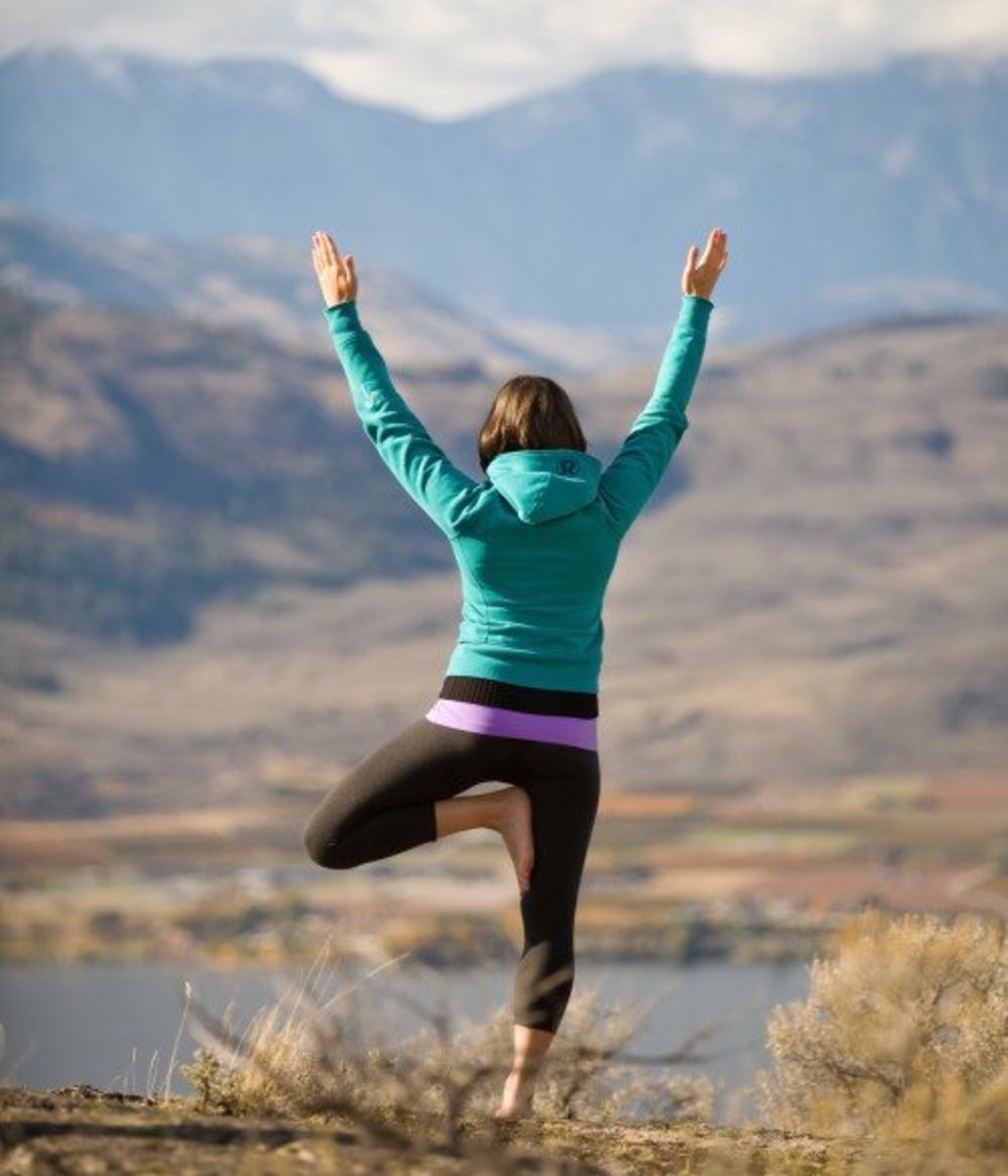Yoga 101: How to Begin the Practice
The practice of yoga has gained a lot of popularity over the years such that you will find a lot of yogis and yoginis all over the world. Unlike in the past when this exotic practice was reserved for people who have traveled to the east to find their enlightenment, yoga studios can now be found everywhere and it is quite easy to find a studio near you.
One thing you have to bear in mind, however, is that yoga comes in different forms and so do yoga teachers and studios. Now that there are as many yoga teacher trainings as there are McDonald's, a bit of discernment is necessary in finding the best yoga studio to begin your practice.

A Bit of Yogi Talk
Yoga is a Sanskrit word that means, "union." It is a belief system that is divided into eight parts that are all geared towards uniting the body, mind and spirit. These are known as the 8 limbs of yoga.
One of the eight limbs is called asana, which involves doing different postures and poses, like the very popular downward facing dog with its Sanskrit name, Adho Mukha Svasana. As you will notice from this example and all the Sanskrit names of poses is that they usually end with -asana.
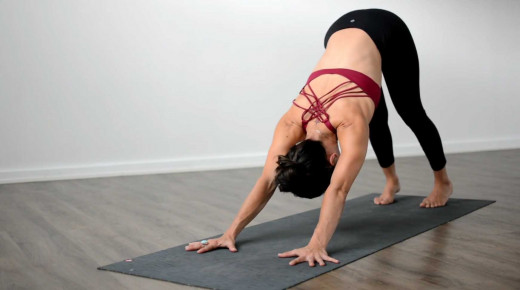
Another one of the eight limbs that you will become more familiar with as you get into the practice is pranayama, which is composed of breathing exercises that can improve your lung capacity, strengthen your core, refine your body alignment and posture, as well as revamp your state of mind.
Just as there are different poses under asana, you will find that there are many exercises under pranayama. One of the first ones that you will learn, especially when you enter an Ashtanga studio, the ujayi or victorious breath. Without getting into breathing anatomy, the best way to describe this is making ocean sounds as you breath while keeping your inhalation and exhalation as equal as possible.
Another common exercise is the kapalbhati breathing, where you use your diaphragm to exhale without inhaling in between. This one is a great for strengthening and activating the core as well as warming up during winter.
Kapalbhati Breathing
The Different Types of Yoga
- Hatha.This is a very general type of yoga. So, hatha yoga can be anything. It could have a hint of vinyasa flow. It could be Anusara-inspired or Iyengar-inspired. Hatha yoga is normally a slow practice and includes some breathing exercises.
- Bikram. This type of yoga is quite popular these days. This means you'll be in a heated room doing twenty-six poses that you'll be doing each time you visit.
- Hot Yoga. You're still in a heated room but the poses vary depending on the class you are attending. You are not stuck with just a set of poses.
- Iyengar Yoga. A very slow-paced type of yoga where poses are held for a longer period of time. Very specific cues and a variety of props are used for this type of yoga.
- Vinyasa. It's slightly quicker and you flow from one pose to another as if you are performing a dance. This has evolved quite a bit over the years, especially now that movements from martial arts, high intensity training, Pilates, barre, and other forms of fitness training have been integrated to the flow.
- Ashtanga. You are given a series based on your level so each individual will be practicing a different set of poses as a teacher walks around to assist.
- Yin Yoga. This is an even slower practice wherein poses are held passively for long periods of time. Physically, the practice allows you to build flexibility. However, from a psychological, emotional, and spiritual perspective, it also challenges your ability to stay still in a pose and calm your mind.
- Aerial Yoga. This involves using a hammock as a prop to do the poses. It can be a great prop for deepening stretches and working with alignment and balance.
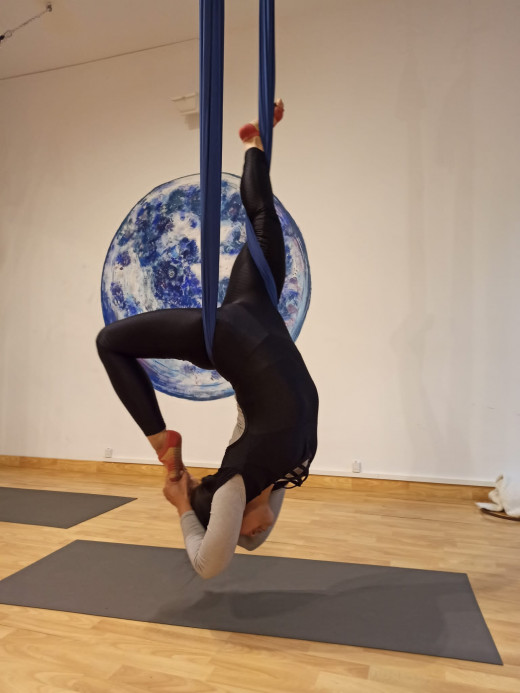
Yoga Health Benefits
The practice of Asana and Pranayama as an exercise can bring about a lot of health benefits. By doing the different poses in yoga, you can improve your flexibility and strength. Because most of the poses involve stretching parts of your body, the range of motion of your different joints will be increased significantly. Also, since you need to support the weight of your body, your strength will be increased. And, of course, as you grow stronger, your body will become more toned.
Another benefit of taking yoga is the alignment of one's body. Because the bodies of people who practice yoga are aligned properly, they tend to have lesser back pains and postural problems. People who practice yoga also learn how to breathe properly, making them less affected by stress. Yoga, not only improves your physical condition, it also has an impact on your mental state by reducing your stress.
Ready to Know More About Yoga Poses?

Choose something slow to start with.
As a beginner, a gentle Hatha, Iyengar, or Anusara-inspired class, would be thebest place to start. In these classes, you have the time to learn more about the pose and deepen you awareness of the sensations you feel with each cue the teacher gives to help you do the pose properly. Another advantage of joining these classes would be the use of props to modify the poses, making them more accessible and easier to understand.Once you have a better knowledge of how to do each pose, transitioning to a flow type of class would become easier and less confusing.
What is Iyengar Yoga?
Be true to yourself.
At the beginning of the yoga class, make sure you arrive early to let the teacher know of any injuries or ailments that you might have. If you are female, make sure that she knows if you are menstruating, pregnant, or have just given birth.
Despite its gentle nature, yoga poses have counterindications and may require modifications based on your condition. Letting the teacher know will allow him or her to instruct you properly by giving you alternative poses that you can do or some changes that can make the poses safe for you.
Also, a good teacher always gives options. So, always listen for the options and always choose the best one for you, not the most advanced one that will make the class a negative experience for you.
It has to feel good.
A good teacher will also give you very descriptive cues that will allow you to follow the class. He or she will also give you modifications that would make the pose accessible. He or she will also help you feel at ease in a class.
As you listen to the cues and follow them, always keep in mind that you should get into poses slowly, allowing your body to find its limitations and gradually stretch into something that feels good instead of feeling as if your body is being ripped apart.
Lifeforme Mat
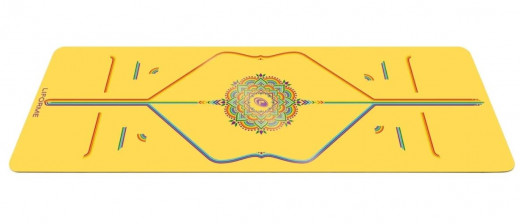
What to wear. What to bring.
Wear something comfortable that you can move in. Although it is alright to wear loose pants, wearing leggings or shorts would make it easier for the teachers to check your alignment. Hyperextended knees can be hard to spot when the student is wearing loose pants.
Most studios have yoga mats for rent and it would be better for you to use those as you are just checking out if this is a practice that suits you. This is actually one way you will know if you are in a proper yoga studio as this would mean that the mats for rent are cleaned regularly and sprays and rags are available for cleaning the mat after practice.
Now, once you know that you are going to be practicing regularly for a longer period of time, make sure that you get a yoga mat with a lot of grip. And, if you have knee or tailbone issues, try to get a thicker mat. Although thinner mats (around 1 to 3 mm) are great for travel and makes balancing poses easier, they can be hard on the knees and tailbone, so a bit of cushioning (1/4 to 1/8 inches) would be helpful.
Take More Than Just The First Step
The first step is walking into the yoga studio and taking your first class. It is, however, advisable to take more than one step and give it more than one go. First of all, it may take some time for the practice to grow on you. Initially, the sensations of stretching may be an alien and unpleasant experience. As you become more familiar with the sensations and the beneficial changes that the practice does to your body, it starts to feel more pleasurable. Secondly, you may also need to try more than one class to find one that suits you. Remember. Despite having the same affiliations, teachers are individuals and would express themselves differently. Finally, the benefits of yoga cannot be seen in just an hour's practice. So, give it more than just one go.
Which type of yoga do you like?
This content reflects the personal opinions of the author. It is accurate and true to the best of the author’s knowledge and should not be substituted for impartial fact or advice in legal, political, or personal matters.
© 2007 Shandy Roque

